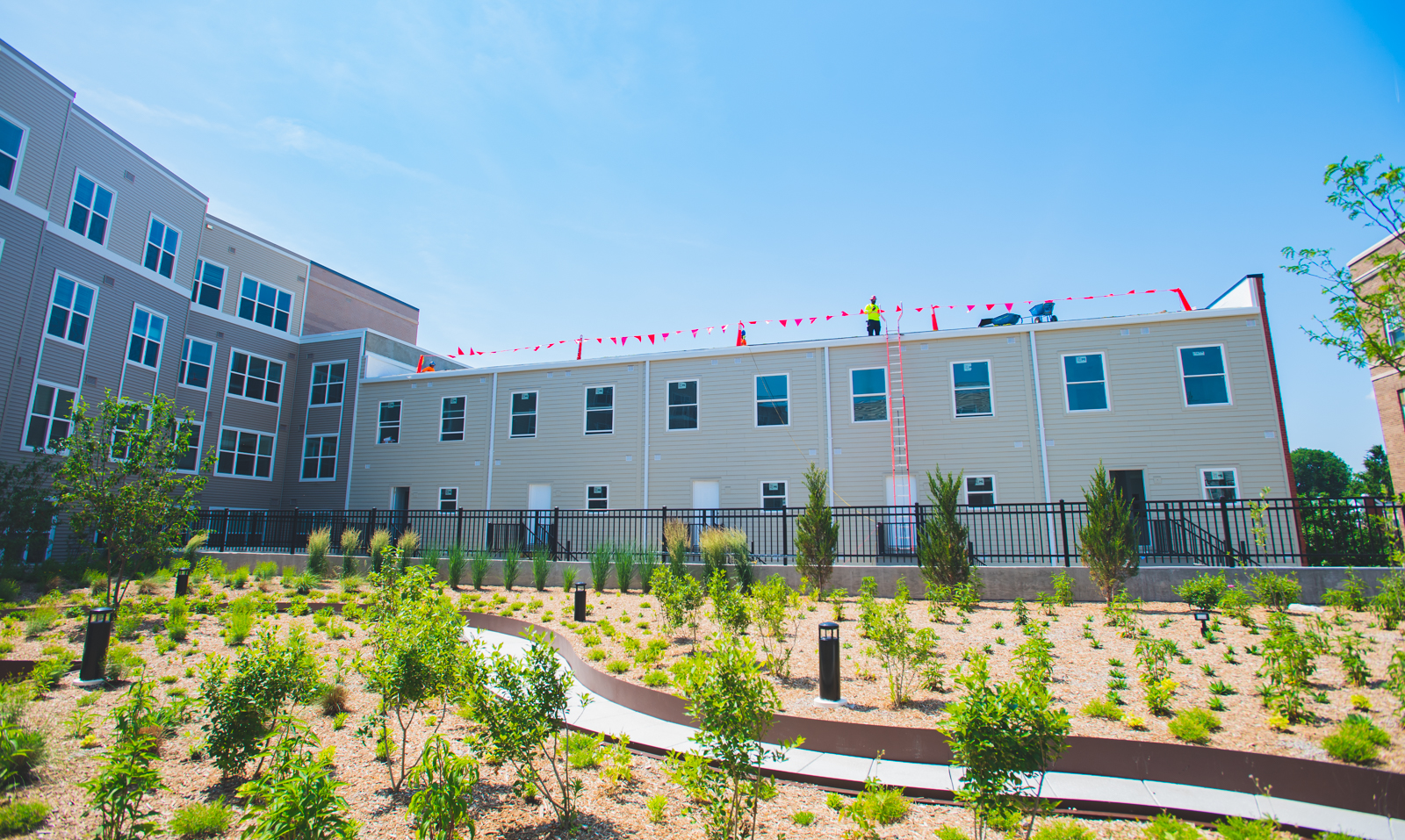(Bloomberg Businessweek) —
Among the more urgent tasks facing Donald Trump now that he’s heading back to the White House is answering calls to address the country’s housing availability and affordability crisis. First-time and low-income homebuyers are all but shut out of the housing market, foreclosing the opportunity to build wealth and put a down payment on their own American dream.
The Trump campaign offered several policies to address the problem, but the centerpiece was the idea to open up federally controlled public lands for housing construction. It’s a particularly attractive idea because it can skirt local red tape, and it has bipartisan support. But if it’s going to succeed, the plan has to be oriented toward transforming smaller plots of land within urban areas and on their periphery.
The data are clear that the nation’s current housing crisis stems from a lack of homebuilding in the wake of the Great Recession more than a decade ago. Home construction never caught back up to the demand of a growing population. As a result, the US has a shortage of about 4.5 million homes, according to Zillow. Surveys published last year showed that more than half of all prospective homebuyers were unable to make a move.
The federal government’s power to address this housing deficit is somewhat limited. Local zoning laws and regulations mostly dictate permitting and construction. Bureaucracy and Nimbyism are formidable obstacles in such local contexts.
These roadblocks encouraged both the Trump and Kamala Harris campaigns to propose using federal property for home construction. Trump has promised to slash regulations and create low-tax zones on federal lands. He’s also floated the idea of creating a series of “freedom cities” from scratch in which new technology such as flying cars could be deployed. The Harris camp advocated selling federal lands at a cheap rate to local governments and developers.
The trouble is that many federal lands are not attractive for development or have other important uses, including outdoor recreation, wilderness habitat preservation and forestry, as well as livestock grazing and mineral and energy extraction. Much of the terrain is too rugged for building or too far from the places where people want to live. That’s especially true of the vast expanses of arid land in the West, where most federal land is located. Many developers have made a similar point: The chief housing problem is that affordable homes are not available in the most attractive places to live, which are typically dynamic cities. Of course, building in remote areas could help alleviate housing pressure elsewhere. And it’s notable that after the Covid-19 pandemic, many remote workers fled cities for rural areas where opportunities for recreation abound.
The idea of building whole cities from scratch in the middle of nowhere is unattractive to most homebuyers, who want to live where there are ample economic opportunities, services and cultural activities. Instead, the Trump administration should focus on identifying federal parcels of land within or adjacent to metropolitan areas that could be transformed into housing.
A considerable amount of property meets this criterion. One study found that in Utah alone, the US Forest Service and the Bureau of Land Management (BLM) own 217,000 acres within the boundaries of cities. Another 650,000 acres of federal land—excluding national parks, military bases and areas with other congressional protections—are located within a mile of Utah city boundaries. In a state where new homebuilding permits have hovered at 30,000 a year, that’s sufficient acreage to keep developers busy for decades.
A separate national estimate, from a recent report by Senate Republicans, looks at the potential to build housing on federal land. Based on an analysis of holdings of the BLM, the report estimates that about 680,000 buildable acres of federal land near or within existing developed areas could yield 2.7 million new homes. Included in that estimate are places such as Clark County in Nevada and Ada County in Idaho, where the presence of large tracts of federal land has itself become a constraint on construction.
There are precedents for using federal land to relieve housing pressures. In October the BLM sold 20 acres at a nominal price of $100 an acre to Clark County for the purpose of building single-family homes for low-income households as part of the 1998 Southern Nevada Public Land Management Act. Slightly more than half of the 67,920 acres of BLM land originally marked for transfer to the county have now been handed over.
Another option involves leasing federal land to local governments for housing projects rather than selling the acreage outright. For instance, the US Forest Service recently wrote out a 50-year lease on an 11-acre site to Summit County, Colorado, which is home to several popular ski resorts. The county intends to build 162 rental units for local workers.
Using federal land to build homes is not going to alleviate the US housing shortage overnight. The plan would likely move slowly, making piecemeal gains. The land transfers and leases should also come with stipulations limiting low-density building and mandating a minimum share of affordable housing units, as well as guidelines regarding the preservation of desirable parks and natural areas.
Partnering with local authorities in the disposition of federal lands can also defuse some of the tensions that might otherwise arise from entirely private initiatives to build large-scale housing projects in high-demand areas. In Solano County, California, for instance, a group of wealthy individuals surreptitiously bought up large tracts of farmland in the county, which sits midway between San Francisco and Sacramento, with the aim of creating a community of 20,000 homes that would quickly integrate into the broader Bay Area economy. But the plan has faced stiff opposition from locals who feel pushed around by outsiders and residents who fear they will have to foot the bill for high public costs on the project linked to infrastructure and services. Against that opposition and the need for an environmental impact study, a local vote on the plan has been postponed.
Federal land transfers to local governments for specific development projects can skirt some of these controversies. If done right, such transfers could be an important piece in solving America’s housing crisis, while at the same time injecting more economic dynamism in some of the most attractive places to live.
To contact the author of this story:
Michael Albertus in Chicago at albertus@uchicago.edu
2025 Bloomberg L.P.





